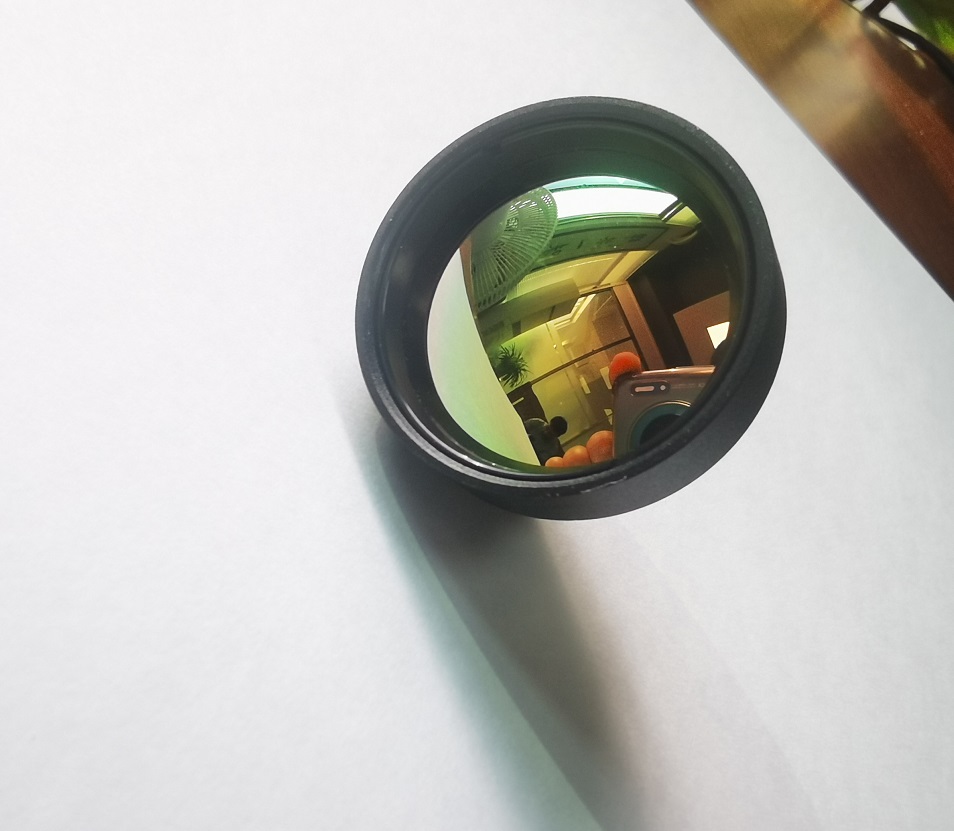Industrial News
Maximizing the Effectiveness of Thermal Imaging Technology

Thermal imaging technology has become an invaluable tool across various industries. However, to fully harness its potential, it is crucial to choose the right focal length and angle for the thermal imaging lens. This article explores the key factors to consider and provides detailed insights into making informed decisions for optimal results.
1. Understanding Focal Length:
Focal length refers to the distance between the lens and the thermal sensor. It significantly affects the field of view and the level of detail captured in thermal images. Short focal lengths capture a wider area but result in lower resolution, while longer focal lengths offer narrower views but higher image detail. When selecting the focal length, consider the specific application and the desired level of detail required.
2. Evaluating Angle of View:
The angle of view determines the scope of the thermal image. It represents the extent of the scene captured by the lens. Choosing the appropriate angle of view depends on the distance between the camera and the subject. For distant objects, a narrower angle is preferred to focus on specific areas, while a wider angle is suitable for close subjects or when monitoring large areas. Understanding the distance and purpose of the thermal imaging is vital in determining the appropriate angle of view.
3. Considering Environmental Factors:
Environmental conditions play a vital role in selecting the focal length and angle of the thermal imaging lens. The presence of obstructions or reflections can impact the thermal image quality. It is essential to consider the distance from potential obstacles, the presence of heat sources, and any potential interferences that might affect the image results. Understanding the environment will help in choosing the lens characteristics that can overcome these challenges while maintaining image accuracy.
In summary, selecting the correct focal length and angle of view for a thermal imaging lens is essential to maximize the effectiveness of thermal imaging technology. By understanding the specific requirements of the application, evaluating the distance and purpose, and considering the environmental factors, one can make an informed decision that results in clear and accurate thermal images for various industrial and commercial applications.
 English
English  German
German Japanese
Japanese Korean
Korean Vietnamese
Vietnamese French
French Spanish
Spanish भारत
भारत



